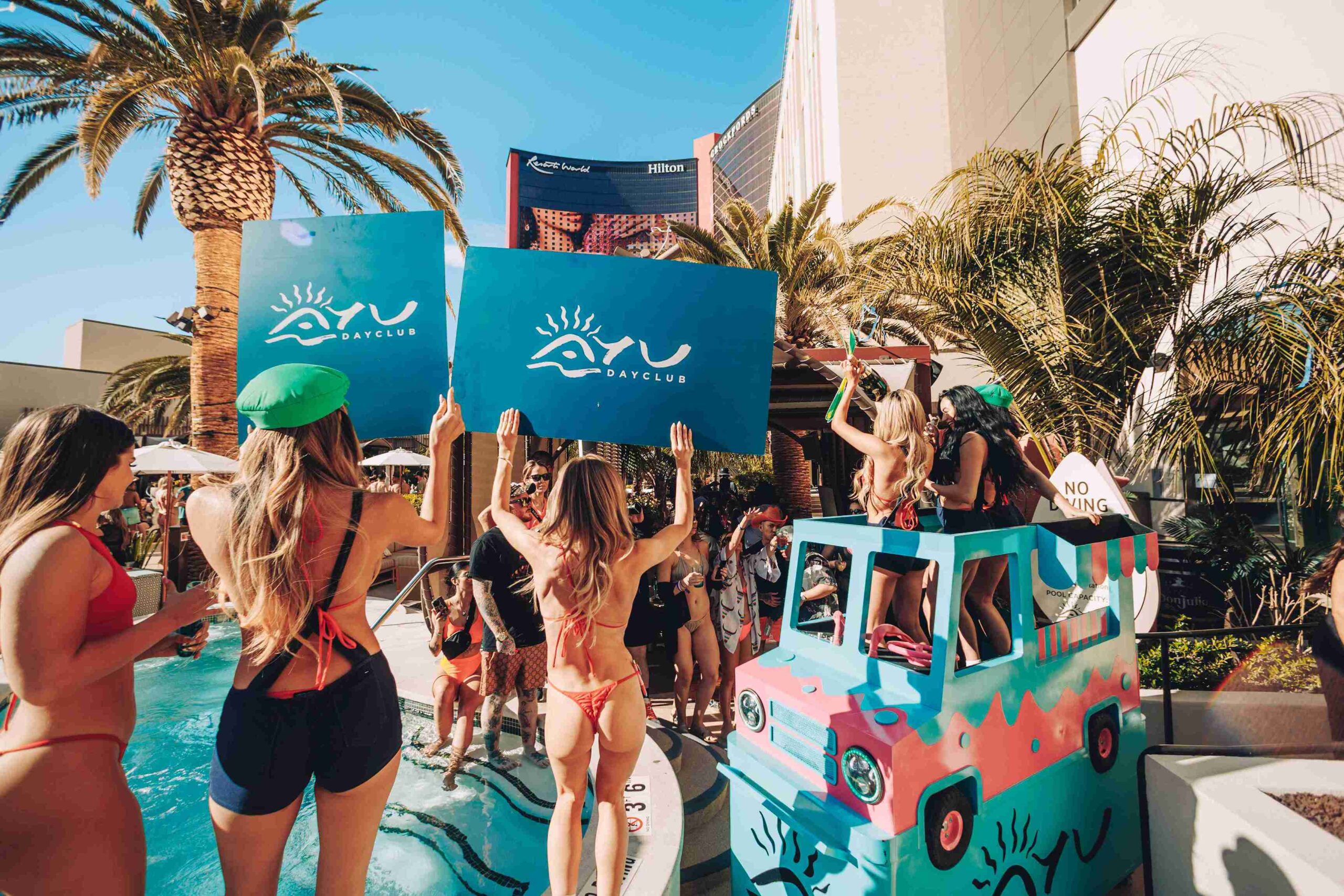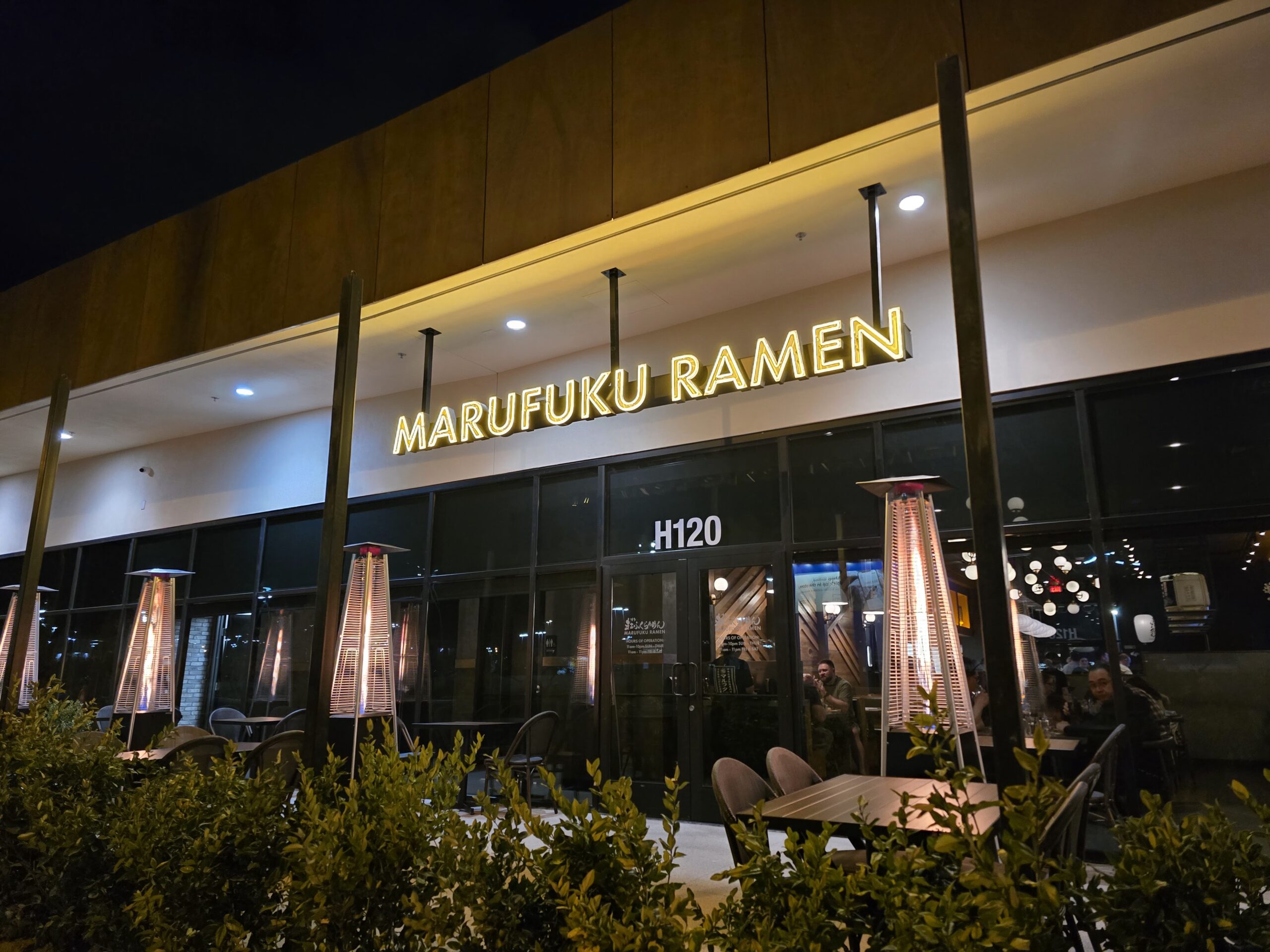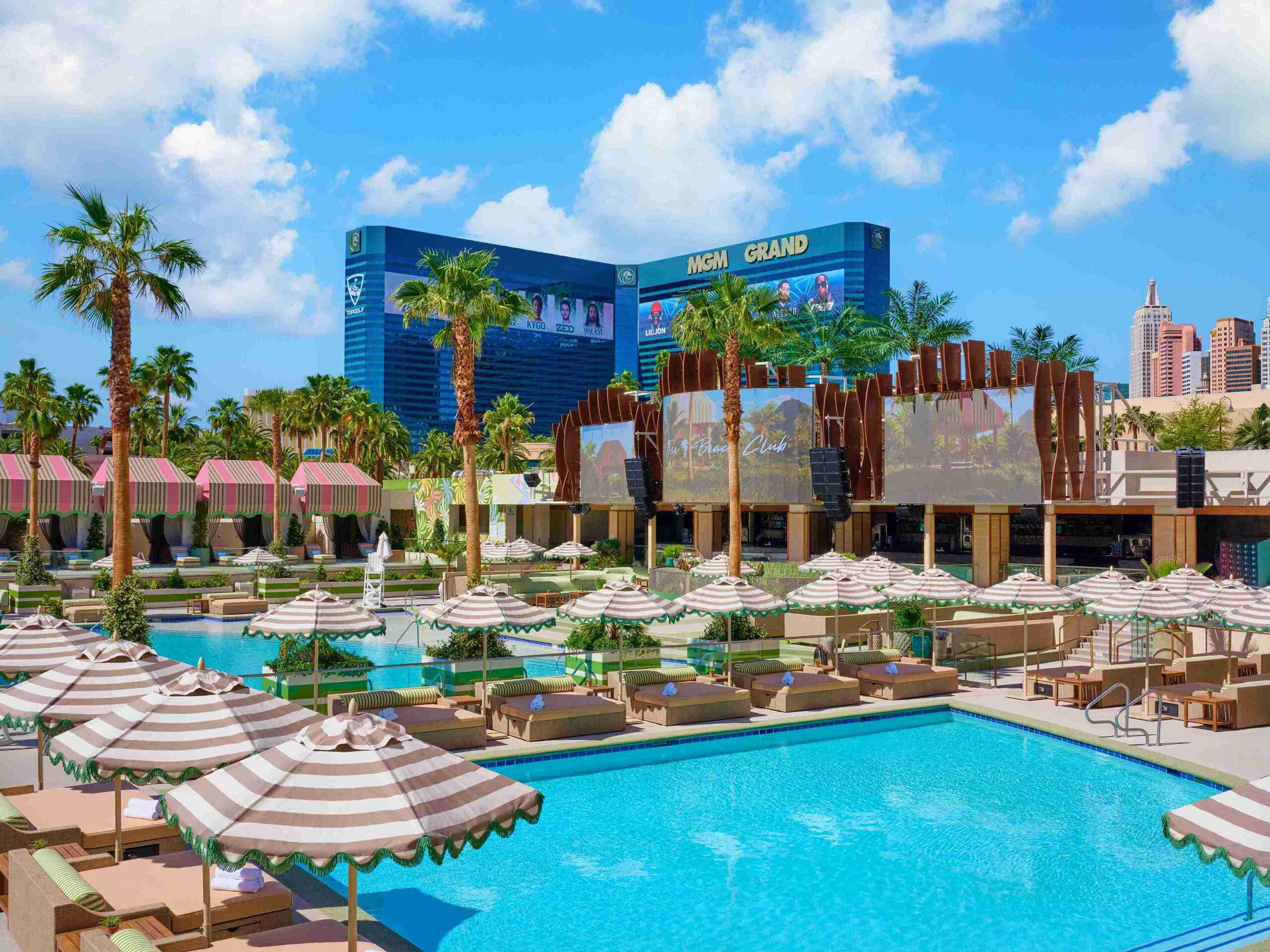Even as a teenager, Victor Drai was able to anticipate the needs of the public. At the age of 16, he founded his own extermination company, and later made forays into the fashion and movie worlds before starting his own restaurant and single-handedly creating the after-hours nightlife scene in Las Vegas. He’s been inducted into the Nightclub Hall of Fame, changed the face of the Las Vegas pool scene with Drai’s Beach Club and Nightclub at The Cromwell and introduced the gay nightclub Liaison at Bally’s. He sat down with us to tell his story.
What were your aspirations as a youth?
I realized at an early age that I was going to be successful, that it was very important to have a successful life. I started working when I was 16, and I really didn’t think about it too much, life took me on its own course. I just knew I wanted to have a better life. I grew up with a lot of love and caring. It was a beautiful environment.
Why did you get into the clothing industry?
I was looking to find something else, to find something different. Between the ages of 18 and 23, I did lots of different things but always kept that [extermination] business on the side because it was my bread and butter. In ’69 and the ’70s, there was a big need in France for velvet. Before the jean really became what the jean is today, velvet pants were the big thing. All the companies making velvet pants, so you couldn’t find any velvet—it was all sold out. I found companies in Belgium selling velvet, not for clothes but for furniture. I went to go see what the difference was between the velvet you used for clothing and the velvet used for furniture. It wasn’t too much, so I bought all the velvet I could, and that’s how I started out in the fashion industry.
And the movie industry?
On the way home from a business trip, I met Jacqueline Bisset on the plane, and we started a relationship. I was always traveling, and fell in love with California, and moved there when I was 29. After we broke up, I decided to try the movie business. I’ve loved movies since I was a kid. We didn’t have television, but we had three movie houses in our very small town, and they changed movies twice a week, so you could see about six movies a week. It was an amazing education of films. Then I went to Paris. It was a dream; they had about 400 movie theaters with different movies and original versions. All kinds of film, all cultures—it really was an amazing time. I made a deal with a publisher in France and was the first person to bring a French remake to this country. The Woman in Red was a French remake, as was The Man With One Red Shoe. I got a deal with a studio, then I got to be a producer and did that for 10 years.
How did you get into the restaurant business?
I decided to quit the [movie] business for a couple of years and open a restaurant, which had been a dream of mine for years. It was a big hit. I loved the way of life. I was around my child, I was home. From [Los Angeles], I went to Vegas. Vegas was just starting to boom, literally. There were one or two restaurants at the time. There was Spago—they were doing amazing things. So I decided to do something in Vegas.
Why did you decide to make your way into the nightlife scene, specifically the afterhours scene?
The restaurant in LA already had a music night. We had live bands; it was very cool. When I designed the restaurant in Vegas, especially because it was underground, I had the idea of a speakeasy in mind. We found a space at the Barbary Coast; you walked in through the front and it was awful. But I decided to do it. I designed the restaurant like a nightclub, not a restaurant. The lounge was at the front with an area for a band. It was a huge success. I decided I wanted to do a club, but I couldn’t do a club in the hours of a restaurant, because I was busy until at least midnight. The only thing I could do was an afterhours. We moved tables to have a dance floor; it was crazy. We served 400 to 500 dinners a night at the restaurant.
What was your creative process in the beach club, the nightclub and Liaison?
Ten years ago, when we were doing Tryst, I told Steve Wynn that the next thing we have to do is a beach club, because that’s what’s coming. I come from a culture where you love to party during the day—in France, during the holidays, there is a lot of drinking during the day, more than during the night because your body is awake. It was a natural thing for me to understand, the party mood of the day. When I left Wynn, there was no doubt in my mind that if I do a club, I have to do a beach club.
What are your favorite restaurants?
A couple of weeks ago, I discovered the steakhouse at SLS—best steakhouse in town. I was very, very impressed by the food there. I also like Milos, Nobu. I need to have a beautiful dinner every day. If I don’t have that, really I have a [bleep] day.
What are some of your favorite travel destinations?
My favorite place in the world is the south of France, and Greece. Unfortunately, it’s too far from here, so I go to Hawaii a lot; but basically I like Europe.



